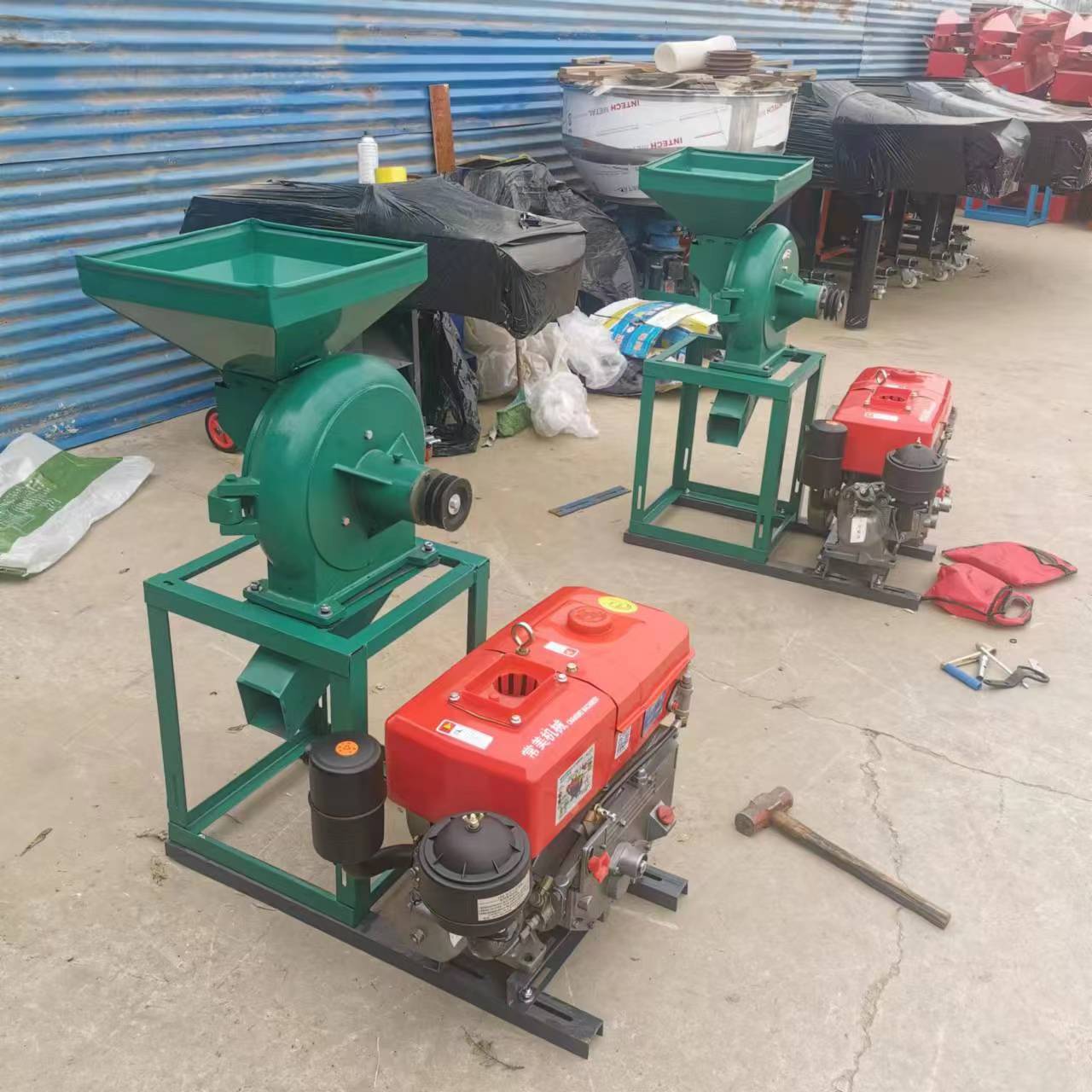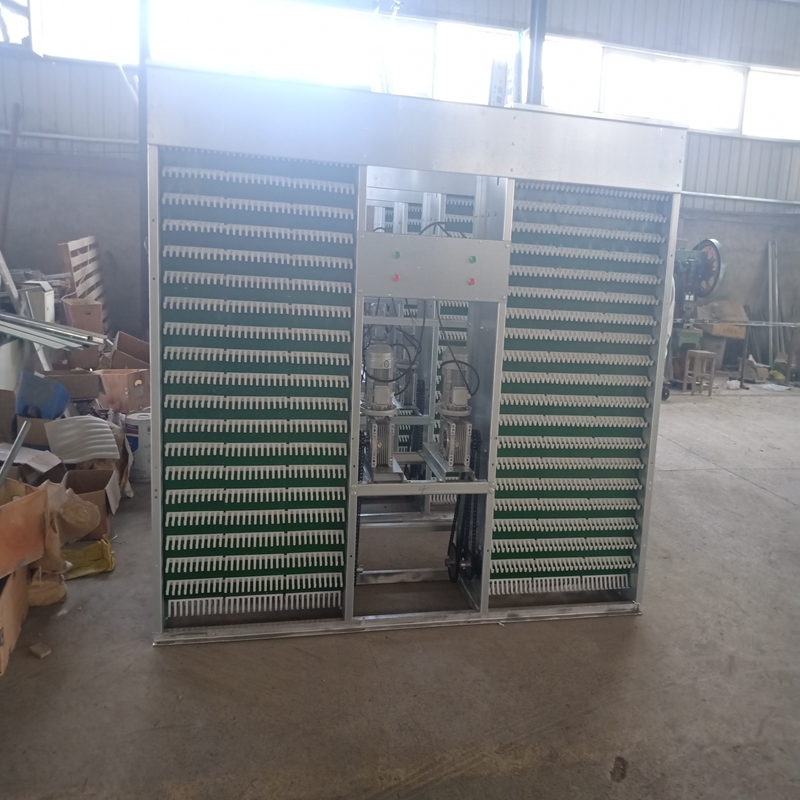rabbit cage
Jan . 06, 2025 15:52 Back to list
rabbit cage
Unlocking the secrets to the perfect rabbit cage setup requires a blend of expertise, experience, and an understanding of rabbits' natural behaviors. Selecting the ideal rabbit cage is crucial for the health and happiness of your fluffy companion.

The foundation of an impressive rabbit cage starts with space. A common misconception is that rabbits require minimal room, but in truth, a spacious environment is essential. Aim for a cage that allows your rabbit to comfortably stand up on their hind legs without hitting the top and provides enough space for them to hop three to four times in any direction. A cage that's at least four to six times the size of your rabbit encourages physical activity, which is vital to prevent obesity and related health issues.
Material considerations are next on the list. The cage’s framework should be robust yet safe. Many experts advocate for stainless steel or heavy-duty plastic because these materials resist corrosion and are easy to clean. Ensure that the flooring is not made of wire, as this can lead to sore hocks. Instead, opt for a solid or partially solid base, providing comfort while maintaining hygiene with a removable tray for easy cleaning.

Ventilation is an often overlooked but critical aspect of a rabbit cage. Proper airflow prevents the build-up of ammonia from urine, reducing respiratory risks and keeping your rabbit's living space fresh. A well-ventilated cage mimics a rabbit's natural environment, making them feel secure and comfortable.
rabbit cage
When it comes to the interior of the cage, enrichment is key. Providing ample chew toys, tunnels, and hideaways echoes the complexities of wild rabbit habitats, offering mental stimulation that prevents boredom-induced behaviors such as chewing on the cage bars. Enrichment items should be rotated regularly to maintain your rabbit’s interest and promote an engaging environment.
The strategic placement of food and water dispensers ensures your rabbit maintains good nutrition and hydration. Experts recommend heavy ceramic bowls for food and water as they are difficult to tip over. A hay feeder keeps their primary food source off the cage floor, maintaining cleanliness and promoting natural foraging behavior.
Finally, consider the location of the cage within your home. Avoid placing the cage in high-traffic or noisy areas, as rabbits can be startled easily. An ideal location mimics a natural shelter, providing a quiet, safe zone with a moderate climate. This strategic placement fosters a sense of security and tranquility, essential for a rabbit's well-being.
When these factors come together, the result is a rabbit cage that not only meets the highest standards of care but also supports the longevity and health of your beloved pet. With the right setup, your rabbit will thrive, showcasing the importance of each detail in the larger picture of responsible pet ownership.
-
Hot Sale 24 & 18 Door Rabbit Cages - Premium Breeding Solutions
NewsJul.25,2025
-
Automatic Feeding Line System Pan Feeder Nipple Drinker - Anping County Yize Metal Products Co., Ltd.
NewsJul.21,2025
-
Automatic Feeding Line System Pan Feeder Nipple Drinker - Anping County Yize Metal Products Co., Ltd.
NewsJul.21,2025
-
Automatic Feeding Line System - Anping Yize | Precision & Nipple
NewsJul.21,2025
-
Automatic Feeding Line System - Anping Yize | Precision & Nipple
NewsJul.21,2025
-
Automatic Feeding Line System-Anping County Yize Metal Products Co., Ltd.|Efficient Feed Distribution&Customized Animal Farming Solutions
NewsJul.21,2025






